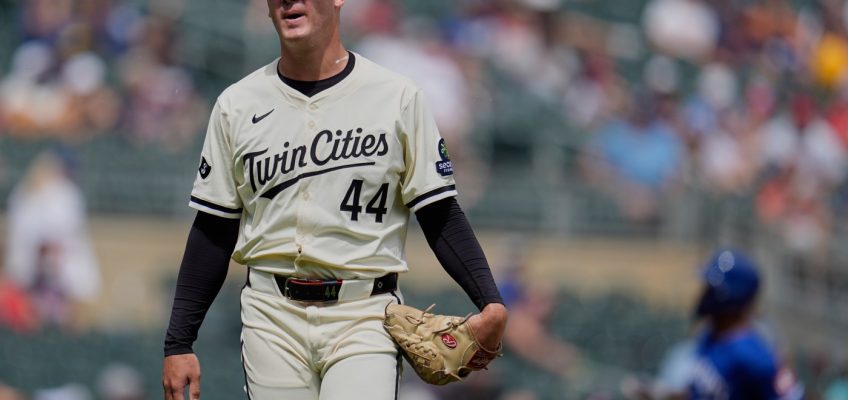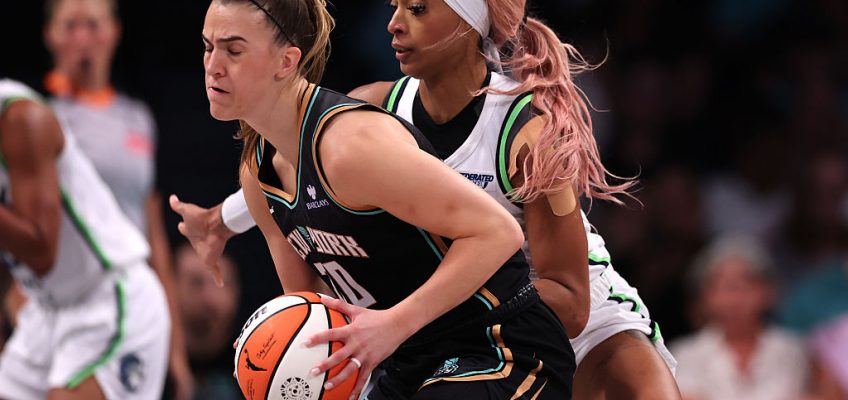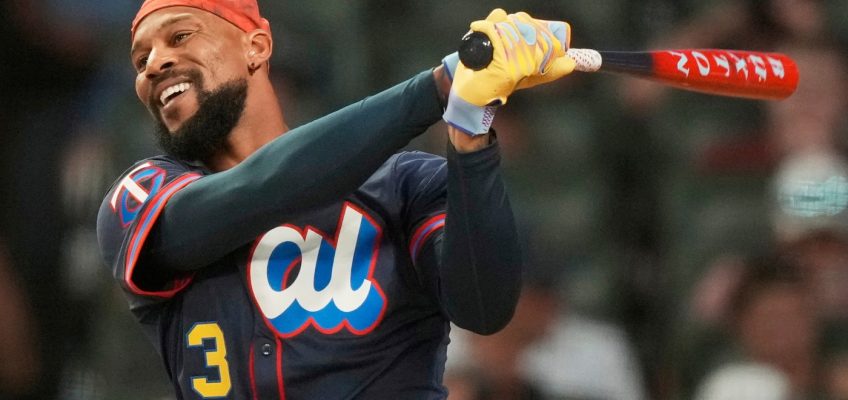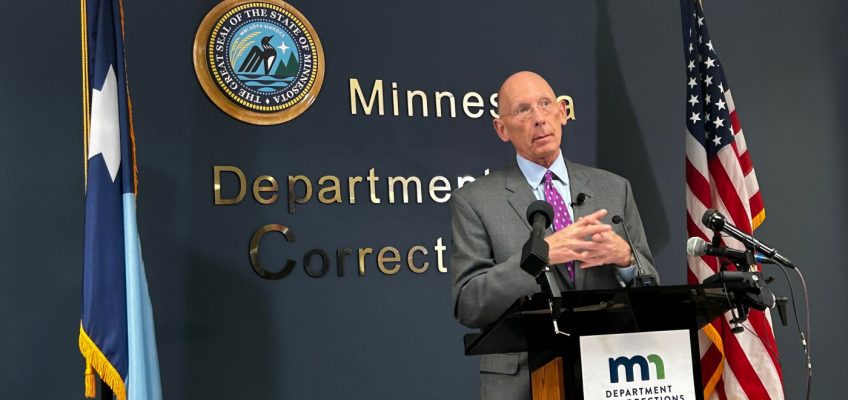In the wake of a trade deadline selloff that jettisoned 10 regulars, the Twins are managing to play some pretty good baseball with prospects, minor league vets and healthy veterans who survived the purge.
The Twins made Sunday’s series finale against Kansas City a bullpen day, and fielded a starting lineup that included only two players you’d call major league veterans, but beat the Royals, 5-3 in 11 innings, in the rubber match of a three-game series in front of 26,746 at Target Field.
The Twins have now won 2 of 3 series, and are 5-4 overall against the three teams ahead of them in the American League Central, since the trade deadline drastically altered the roster.
Rookie infielder Luke Keaschall, who earlier extended his hitting streak to start his mejor league career to 11 games, hit a two-run, two-out home run off reliever Carlos Estevez for the winning runs. Michael Tonkin (1-0) pitched scoreless 10th and 11th innings for the win.
With starting pitchers Pablo Lopez (shoulder) and Simeon Woods Richarson (illness) on the injured list, the Twins got a good collective start from Jose Urena, Kody Funderburk and Pierson Ohl, who turned a 2-1 lead over to Cole Sands with two out and none on in the seventh inning.
Sands allowed base hits to the first two batters he faced, the second a two-run home run by Vinnie Pasquantinto that made it 3-2.
But the Twins quickly got a break when Royals left fielder John Rave tried to make a sliding catch on a low liner from Austin Martin with one out in the eighth inning. Martin wound up on third, and scored on Ryan Jeffers’ two-out single to left to tie the game 3-3.
With the team’s best player, center fielder Byron Buxton, on the IL with rib cage inflammation, Jeffers and Trevor Larnach were two of three players in the lineup who made the team out of training camp. The third was Mickey Gasper, who made the active roster as a utility player but has spent most of the season at Class AAA St. Paul — and was making his first major league start at catcher.
The Twins took a 2-1 on Ryan Fitzgerald’s two-run home run off starter Ryan Bergert in the third inning.
With Gasper on base on a leadoff walk in the third, Fitzgerald, a minor league veteran playing in his fourth major league game, hit a line drive into the home run porch in right field to make it 2-1. It was the infielder’s first major league hit, and the 15th time a Twins player had homered for his first MLB hit.
Related Articles
Twins: No plans to give Byron Buxton extra rest as season winds down
One year after Hall of Fame induction, St. Paul gets its night to celebrate Joe Mauer
Shipley: It’s going to be a while before the Twins contend again
Luke Keaschall torrid MLB start a rarity for Twins, not for his manager
Joe Ryan strong as Twins beat Royals




